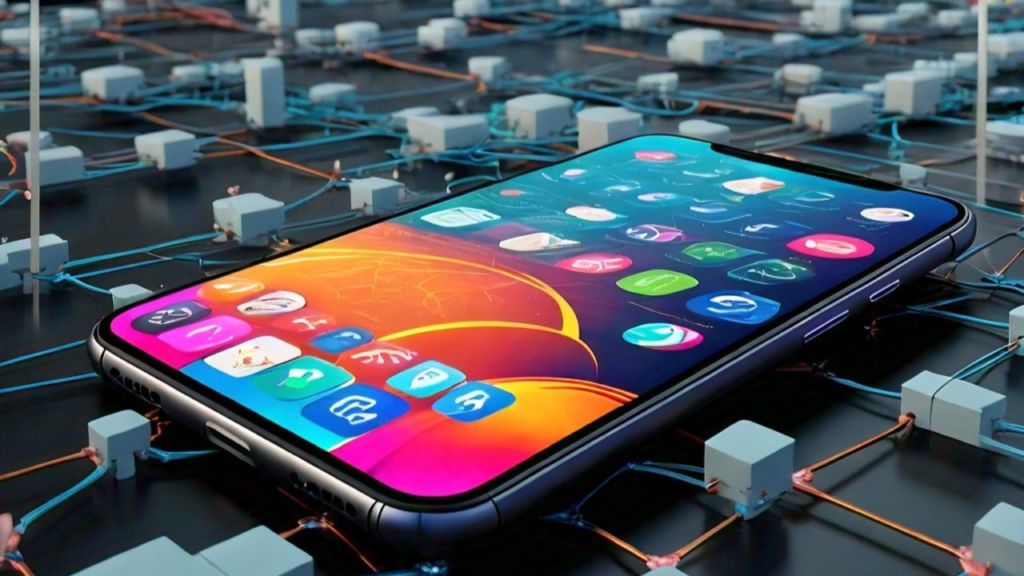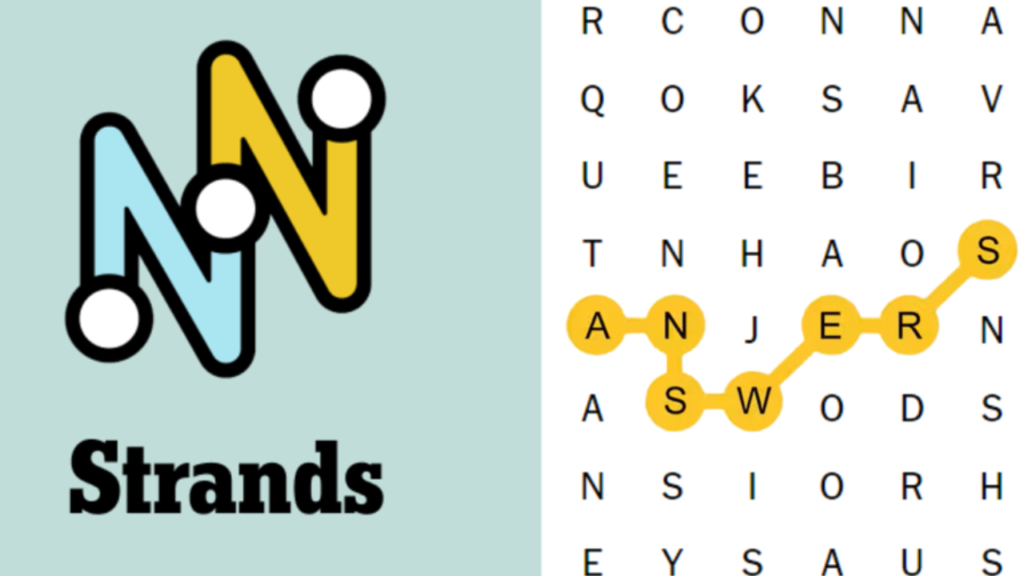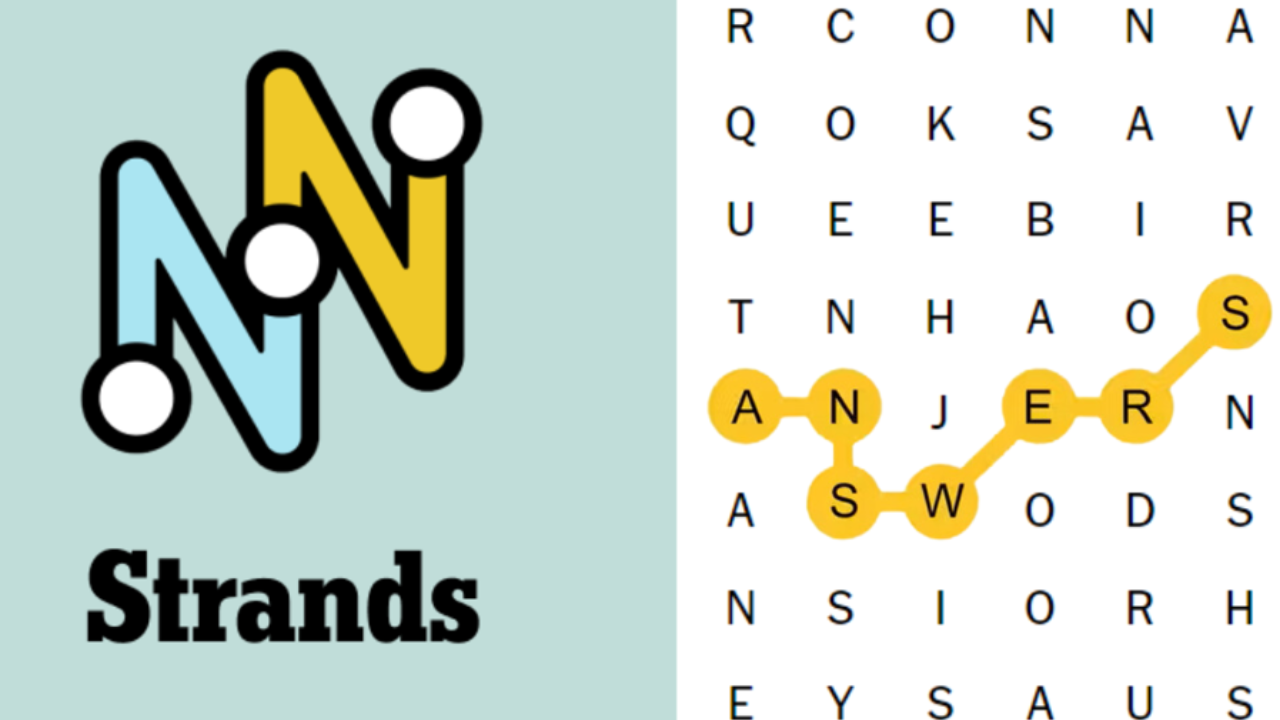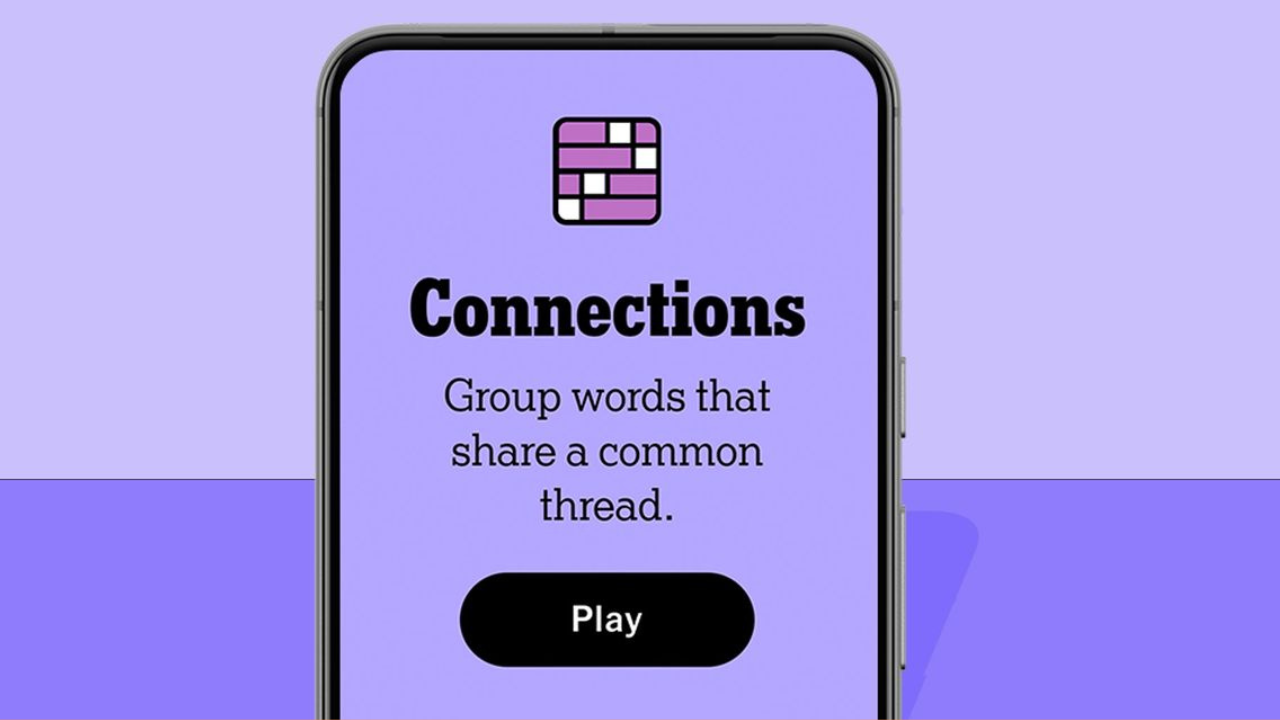With smart phones getting increasingly sophisticated, how are telecom networks adapting to meet new demands?
Recently, Apple announced it will integrate artificial intelligence (AI) into its handsets’ operating systems. Dubbed Apple Intelligence, this feature will also enhance Siri, transforming it into a more effective personal assistant. This follows similar moves by Samsung, with its Galaxy AI, and Google, with Gemini AI for its Pixel phones.
The increased use of AI means smart phones will perform more computing tasks, generating and consuming more data. This surge in data usage will put additional strain on mobile networks, such as the UK’s O2, EE, Vodafone, and Three. To manage this, telecom companies are also adopting AI, according to Ian Fogg, director of network innovation at research consultancy CCS Insight.
“Network operators are using AI to dynamically manage radio frequencies, ensuring optimal service levels, and to efficiently manage cell towers, reducing energy use during low demand periods,” Fogg explains.
Globally, AI is playing a crucial role in maintaining mobile networks. In South Korea, Korea Telecom can localize and fix faults within a minute using AI-enabled network monitoring, says Alex Sinclair, chief technology officer of the GSMA, which represents global mobile operators. Similarly, AT&T in the US employs predictive AI algorithms, trained on trillions of network alerts, to preemptively address issues. Vodafone uses AI digital twins, virtual replicas of real-world equipment like masts and antennas, to continuously monitor network performance.
AI also optimizes energy use in data centers, ensuring efficient server cooling and storage management.
The explosion of data from AI-driven applications is pushing telecom firms to invest in 5G Standalone networks, which use dedicated 5G infrastructure rather than upgrading older 4G systems. These networks offer higher speeds and greater capacity. However, some experts argue that even 5G Standalone may not suffice for the demands of the AI era. At the Mobile World Congress in Barcelona, experts suggested that AI’s full potential may only be realized with the rollout of 6G, expected from 2028.
While customers often notice network issues when things go wrong, they are more acutely aware of poor customer service, which can damage a brand’s reputation. The telecom industry hopes AI can dramatically improve customer interactions and service quality.
The Global Telco AI Alliance—a joint venture among Deutsche Telekom, e&, Singtel, Softbank, and SK Telecom—aims to develop an AI chatbot tailored to typical customer inquiries in the telecom sector. This chatbot will handle basic queries, allowing call center staff to focus on more complex issues.
Vodafone has partnered with Microsoft’s Azure OpenAI Service to enhance its customer service through its digital assistant, Tobi. Interacting with over 40 million customers monthly across 13 countries and 15 languages, Tobi aims to resolve queries without human intervention, reducing complaints and improving efficiency. “We see AI primarily as a ‘virtual assistant’ for humans,” says Scott Petty, Vodafone’s chief technology officer. “AI frees up Vodafone employees from repetitive tasks, enabling them to focus on creative activities that benefit customers and the environment.”
AI’s potential to empower workers, particularly in lower-income countries, counters fears of widespread job losses. Alex Sinclair of GSMA argues that AI can help emerging markets catch up, democratizing access to advanced tools. Ian Fogg of CCS Insight shares this optimism: “AI has been around for some years, used for specific telecom cases. But now it’s being applied in many more areas—network, devices, software—such that every tool we use now has the potential to become much, much better. AI has the potential to make networks greener and the world a more efficient place.”




















